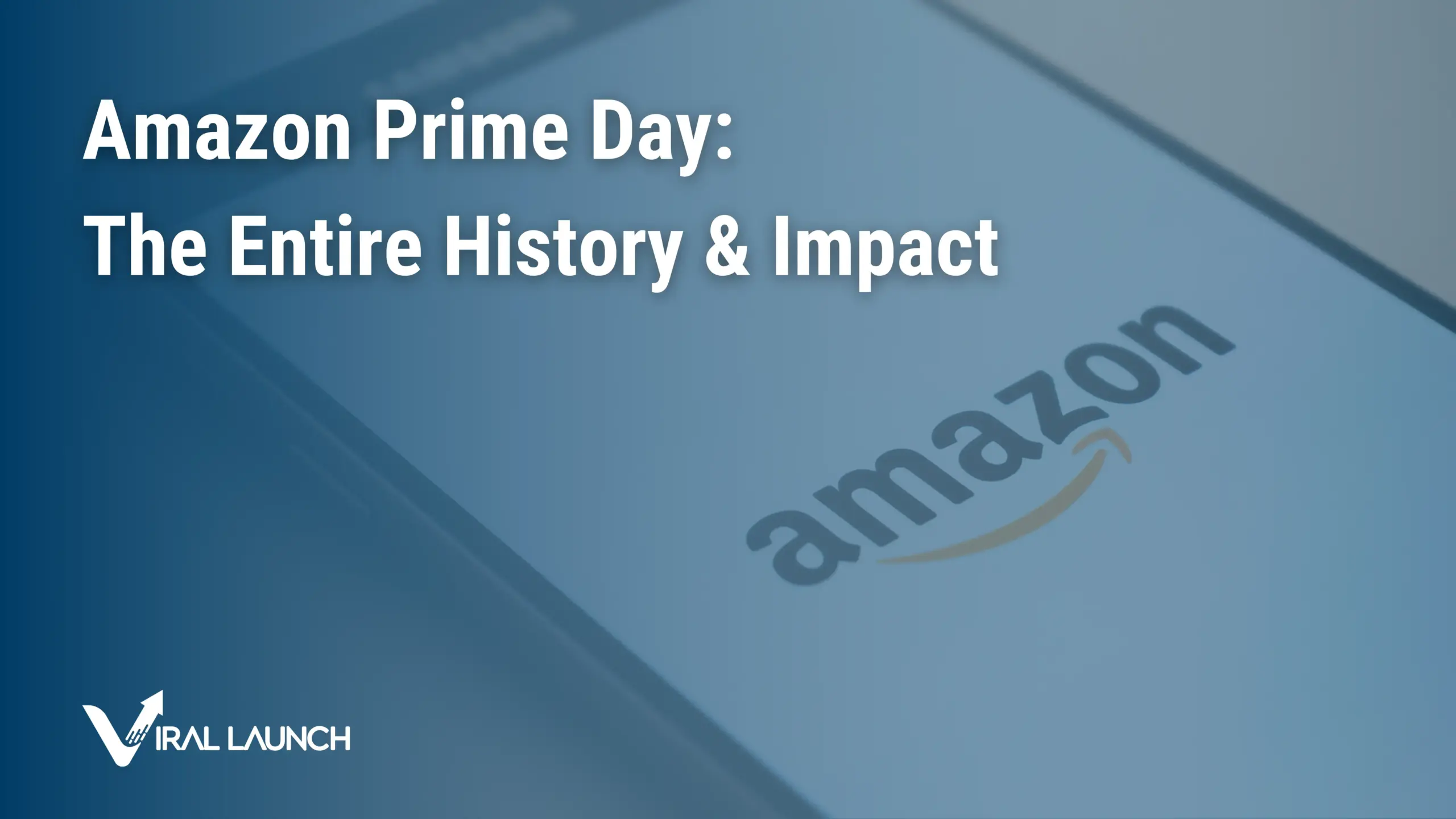In the fast-paced world that is eCommerce, inventory management plays a pivotal role in the success of Amazon sellers. Inventory efficiency is crucial for maintaining customer satisfaction, maximizing profits, and scaling operations. If you are an Amazon seller, you’re in good company — or, at least, lots of company. There are around 150,000 other third-party sellers that make up 58% of all of Amazon’s annual sales.
With millions of products available on Amazon, ensuring that you keep optimal stock levels, avoid stockouts, and minimize excess inventory is a delicate balancing act. Luckily, there are simple inventory management strategies you can follow tailored specifically for Amazon eCommerce business owners.
Embrace Automation
Automation is a game-changer when it comes to streamlining inventory management processes. By leveraging this tech as an Amazon seller, you can automate various eCommerce tasks such as inventory tracking, order fulfillment, and stock replenishment. It not only saves time but also reduces the risk of human error.
Automation tools offer benefits such as centralized inventory management, real-time data synchronization, and automated stock alerts, — allowing you to stay on top of your Amazon inventory levels effortlessly. This will keep customers happy and save you money in the long run — even if you put up a little bit of an investment in automation tools in the beginning.
Leverage Sales and Inventory Reports
Amazon provides sellers with comprehensive sales and inventory reports that offer valuable insights. These reports contain data on sales velocity, popular products, slow-moving items, and stock levels. By regularly analyzing these reports, you can make data-driven decisions about inventory replenishment, identify trends, and adjust strategies accordingly.
Calculate Your Reorder Point
Just-in-Time (JIT) inventory management is a strategy you can implement when calculating your reorder point (ROP). It’s aimed at minimizing inventory carrying costs by ordering and receiving goods only when they are needed for production or customer orders. By implementing JIT, sellers can reduce the risk of overstocking, minimize storage costs, and improve cash flow.
However, it is essential to maintain a reliable supply chain and closely monitor lead times to ensure the timely delivery of products Lead time is the amount of time a customer may wait between ordering and receiving a product.
Determining the ROP using these factors is crucial. This is the inventory level at which a new order should be placed to replenish the stock before it runs out. Figuring out an optimal ROP allows you to:
- Avoid stockouts;
- Optimize inventory levels;
- Increase revenue;
- Fulfill orders quickly.
Reducing lead time is a big benefit of calculating your ROP. If you know when to restock, you can predict when and how much you need to satisfy customer demand. The way you determine ROP is by adding together lead time, safety stock, and basic stock. Safety stock includes the number of days’ worth of inventory you keep as excess in case of emergencies. Basic stock is the number of days’ worth of inventory you typically keep in stock.
Then, you multiply that by how many units you typically sell per day. The ROP that you calculate is the trigger point at which you reorder inventory. For example, if your ROP is 5,000 units, you will reorder — or set your stock replenishment automation to reorder — stock when you are down to 5,000 units. This way, you can ensure that you always have enough inventory to fulfill customer orders without overstocking and wasting valuable resources.
Utilize Fulfillment by Amazon
Fulfillment by Amazon (FBA) allows you to run an Amazon eCommerce business without physically storing inventory yourself. Amazon has a global network of fulfillment centers that can fill orders for you. This helps you cut down on shipping times, as well, because warehouses may be closer to where your buyers are located. Leveraging FBA not only offloads the burden of inventory management but also provides you with benefits like reliable shipping, customer service, and increased access to Amazon Prime members. Often, Amazon Prime subscribers are looking for the two-day shipping option and will be more likely to buy if it’s available.
You simply ship your stock to an Amazon fulfillment center and take care of the admin work remotely. Then, Amazon fulfillment employees will pick, pack, and ship the orders that come in. Amazon also offers incentives for new FBA sellers, such as free promotional clicks on ads, free shipping to fulfillment centers, free storage, free liquidations, and free return processing. If you decide to implement FBA, you can focus on other aspects of your eCommerce business while Amazon takes care of inventory storage, order fulfillment, and customer returns. Just be aware that FBA puts restock limits on your inventory based on purchase volume.
Consider Dropshipping and Print-on-Demand
If you don’t want to house inventory at all, look into dropshipping and print-on-demand models. The dropshipping selling method allows sellers to partner with suppliers who handle inventory storage and order fulfillment. Print-on-demand enables you to offer customized products without holding any inventory. These models eliminate the need for upfront investment in inventory, making it easier for you to start and scale your Amazon business.
Moving Forward on Amazon
Efficient inventory management is vital for the success of your Amazon eCommerce business. By embracing automation, calculating your ROP, utilizing sales and inventory reports, leveraging FBA, and exploring alternative models like dropshipping and print-on-demand, you can streamline your inventory management processes. In the long term, you’ll save more money and ensure success in your eCommerce business.








